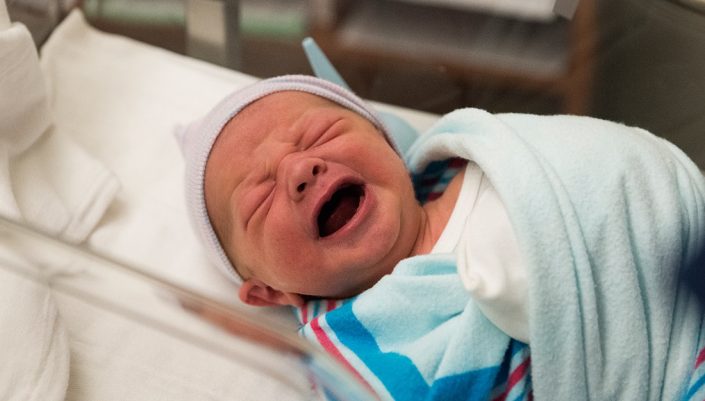New study aims to identify newborns at risk for withdrawal symptoms

Image: Texas A&M Health Science Center
A new federally funded study will study why some infants experience withdrawal symptoms from opioids while others do not, even when their mothers took equivalent doses of opioids during pregnancy.
More than 20,000 babies in the United States were born addicted to opioids in 2012, the most recent year with data available. Many experience a range of opioid withdrawal symptoms collectively called neonatal opioid withdrawal syndrome (NOWS).
Rajesh C. Miranda, a professor at the Texas A&M College of Medicine, and his colleague Ludmila Bakhireva, a professor and epidemiologist at the University of New Mexico College of Pharmacy, are leading a new study to find the mechanisms behind why some infants develop NOWS and others do not.
The study is supported by a two-year grant from the Eunice Kennedy Shriver National Institute of Child Health & Human Development, part of the National Institutes of Health.
There is great variability in the severity and duration of symptoms, and the causes of these differences remain unknown.
“With this study we are trying to identify biomarkers to predict which opioid-exposed infants are likely to undergo NOWS before they exhibit any symptoms,” Miranda said. “The idea is to identify and proactively treat infants at high risk for developing NOWS.
“In previous research, we found that tiny epigenetic markers called micro-RNAs circulating in the mother’s blood may help predict which children are likely to have fetal alcohol spectrum disorders,” Miranda said. “We then started wondering if the same might be true for the effects of other drugs, like opioids, on the infant.”
Miranda and Bakhireva will test this in 70 infants of women who are taking methadone or buprenorphine as part of medication-assisted treatment for opioid use disorder.
Once the infants are born, the research team will take a sample of blood from the umbilical cord to assess for micro-RNAs. They hope to determine which ones serve as surrogate markers for brain health at birth and thus which infant micro-RNA “signature” can predict severity of NOWS before withdrawal symptoms begin.

